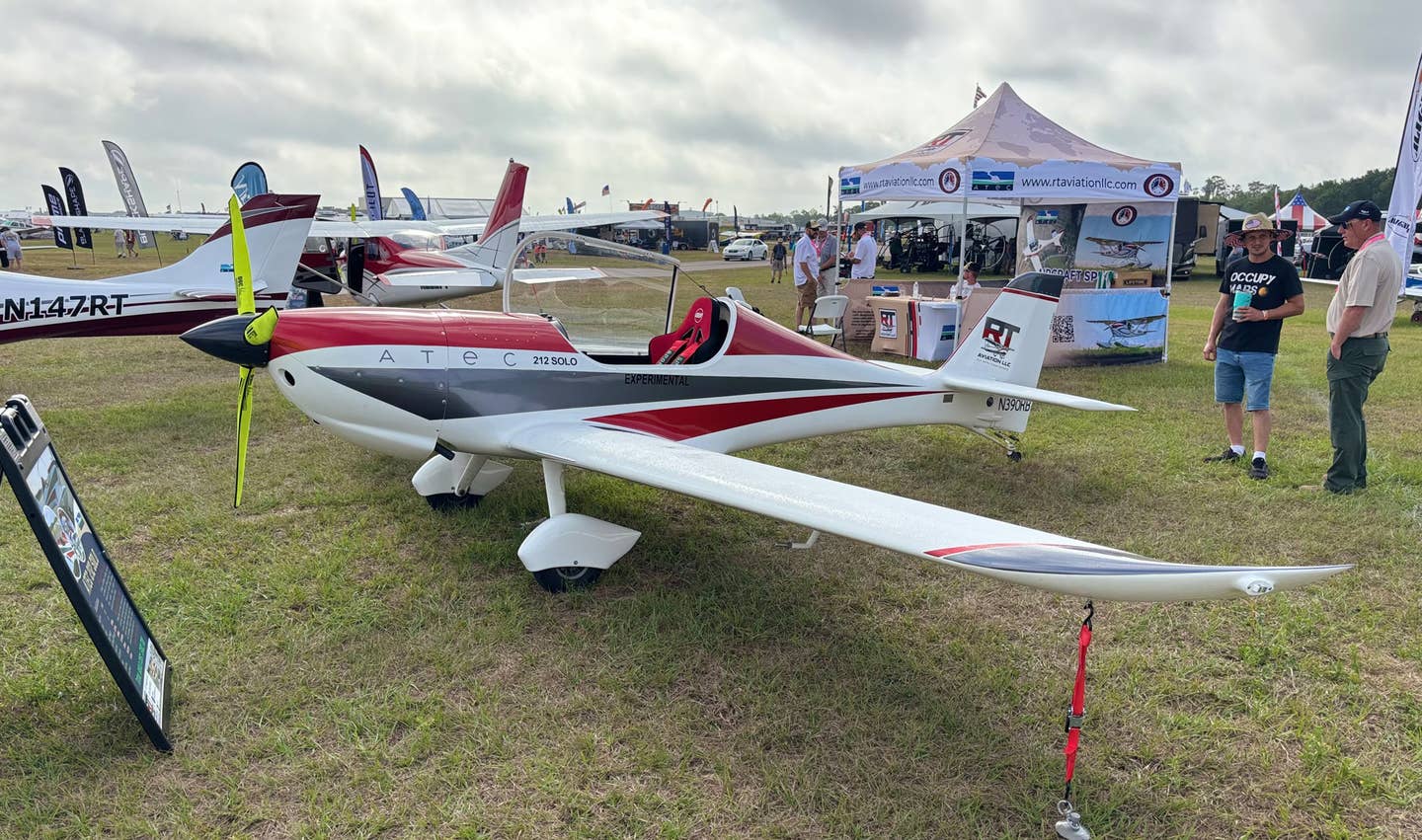This Incredible Plane: The Pond Racer
A David vs. Goliath story that unfolded at better than 400 mph in the high desert.

The Pond Racer
Since the return of postwar air racing in 1947, the unlimited division has been dominated by World War II fighters. However, many of these precious airframes have been lost to extreme modifications or accidents over the years. Enter Bob Pond, former Navy pilot and warbird collector, with a better idea. To save these increasingly scarce airframes, he commissioned an incredibly unique unlimited competitor, the Pond Racer.
Bob's two conditions were no conventional aircraft engines were to be used, along with warbird airframes. So, who do you turn to when you need to challenge conventional thinking? The Rutan brothers, of course! Dick Rutan, fresh off his history-making round-the-world flight, managed the project for Scaled Composites and served as chief test pilot, and brother Burt led the design team.
The design itself was an elegant twin-boom, twin-engine, composite design, with the pilot seated in a third pod immediately in front of the vertical stabilizer. Electromotive, a winning race engine shop, provided the power, two Nissan 3.2 liter turbocharged and intercooled V-6 racing engines producing 600 hp apiece when mounted in the reigning IMSA champion Nissan GTX prototypes. Tightly cowled in a slick composite airframe, these engines promised two-thirds the power and only half the weight of a race-modified P-51. On paper, the Pond Racer was good for 460 mph.
However, there are significant differences between auto racing and unlimited air racing. Although Pond poured between $3 million to $6 million into the project, it likely required much more. Also, auto racing prototypes compete in 12 to 15 races a year, with each one an opportunity to develop the car-engine combination. However, since Reno comes only once a year, development time under actual race conditions was extremely limited. And, finally, the tight packaging of an unlimited air racer places demands on systems packaging that prototype sports cars do not share.
Shoehorning the 195-cubic-inch turbocharged engines into the tight aerodynamic cowlings required compromises as well. And these highly stressed engines were required to run at full power continuously for long periods of time. Oil scavenging and supply issues dogged the aircraft during its three years in competition and resulted in several spectacular inflight failures. Although the engines ran relatively cool on methanol, the composite engine cowlings required the use of external blowers immediately after shutdown to maintain their strength.
The airframe was completed in late 1989, and the first flight took place in March of 1991. The plane made its debut at Reno that same year. Race pilot Rick Brickert, the 1986 unlimited champion, reported excellent handling qualities. High wing loadings made for a smooth ride and a "not for the faint of heart" 140-knot touchdown speed. Brickert qualified for the Silver race at 400 mph. However, on Sunday, a connecting rod let go in the left engine, producing a spectacular fire and light show. He landed it safely.
In 1992, Brickert and the Pond Racer returned to Reno, now under the management of Steve Hinton's Chino race shop, and managed a credible second-place finish in the Gold race at 365 mph. However, the engines never reached their desired power output. And, once again, an engine failure occurred during pre-race flight test, with Brickert expertly flying through the mountain passes back to Chino.
Back for a third year at Reno in 1993, the Pond Racer appeared poised for a breakout. Sadly, it was not to be. During the Saturday time trial, the Pond Racer suffered a spectacular engine seizure. Unable to feather the propeller, pilot Brickert elected to land gear-up in the desert. Sadly, both pilot and aircraft were lost.
A beautiful and efficient Rutan-designed airframe mated to compact and powerful race engines, with enough time and money, the Pond Racer might have succeeded. Part modern-day P-38, part "Star Wars" Pod Racer, all David against Goliath. But while it flew in the skies over Reno with its distinctive shape and high-pitched whine, every eye was on this incredible airplane.

Subscribe to Our Newsletter
Get the latest Plane & Pilot Magazine stories delivered directly to your inbox






